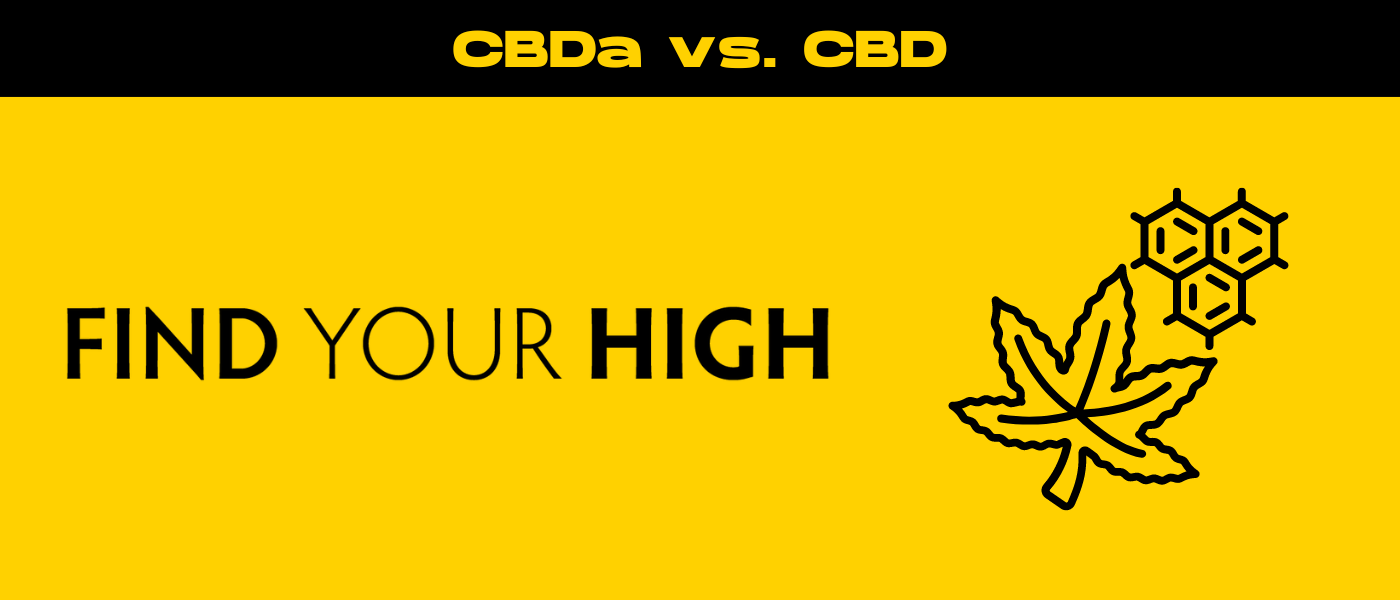Cannabinoids, the active compounds found in cannabis plants, have become a staple in wellness discussions due to their potential health benefits. Among them, CBD (Cannabidiol) has garnered widespread recognition for its therapeutic properties. However, there is another cannabinoid, CBDa (Cannabidiolic Acid), that is gaining attention due to its unique characteristics and potential benefits. So, what’s the difference between CBDa vs CBD?
While CBD has a proven track record of effectiveness for various health issues, CBDa, one of the two major cannabinoid precursor compounds, is increasingly being studied for its own distinct set of advantages. Understanding the relationship between these cannabinoids and how they function in the body is essential for choosing the right one for your specific wellness needs.
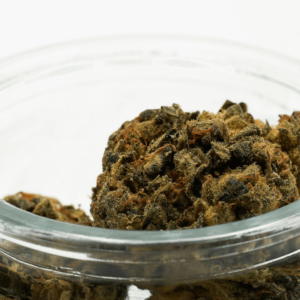
What is CBD?
CBD, or Cannabidiol, is one of the most well-known cannabinoids found in the cannabis plant. It has become a prominent feature in the wellness world, thanks to its ability to support a variety of bodily functions without producing the psychoactive effects associated with THC (Tetrahydrocannabinol). CBD is non-psychoactive, meaning it doesn’t cause a “high,” making it a safe option for individuals looking for relief from various symptoms without impairment.
CBD works by interacting with the body’s endocannabinoid system (ECS), a network of receptors that helps regulate mood, pain, sleep, and immune response. Through its indirect action on CB1 and CB2 cannabinoid receptors, CBD helps balance bodily functions, promoting a state of equilibrium known as homeostasis.
CBD has been shown to reduce anxiety, alleviate chronic pain, improve sleep quality, and help manage inflammation. These benefits have made CBD a sought-after supplement, with products available in the form of oils, tinctures, capsules, and even topicals. This versatility allows users to incorporate CBD into their routines based on their specific needs.
What is CBDa?
CBDa, or Cannabidiolic Acid, is the raw, unprocessed form of CBD. It is the precursor to CBD and is found in abundance in a fresh cannabis sativa plant. Unlike CBD, which is created through a heating process called decarboxylation, CBDa remains in its natural, acidic cannabinoids state when the plant is unheated. This means that raw hemp extract cannabis products, such as raw cannabis juice or cold-pressed CBDa oil, retain a high concentration of CBDa.
CBDa is not as widely known or used as CBD, but emerging research suggests that it offers a unique set of benefits. One of the key differences between CBD and CBDa is how they interact with the body. While CBD is known to act on the endocannabinoid system, CBDa influences serotonin receptors, which makes it effective for managing mood and nausea.
Although CBDa is still under research, its potential therapeutic applications are growing, with promising results for conditions such as inflammation, anxiety, and digestive issues. Raw hemp products are the best way to experience full CBDa benefits, offering a natural and unprocessed approach to wellness.
The Chemical Relationship Between CBDa and CBD
CBDa and CBD are closely related both chemically and biologically, but their differences lie in the molecular structure. CBDa is the precursor to CBD, and when exposed to heat, it undergoes a chemical reaction known as decarboxylation. This process removes the carboxyl group from CBDa, converting it into CBD. The removal of this acidic group alters the compound’s properties, making CBD more bioavailable and potent.
While CBD is often considered more versatile due to its stability and ease of use in various products, CBDa’s acidic form has distinct benefits. The presence of the carboxyl group in CBDa allows it to have different interactions in the body, particularly with serotonin receptors, which gives it a unique therapeutic profile. Understanding this chemical relationship is key to choosing the right cannabinoid for your specific needs.
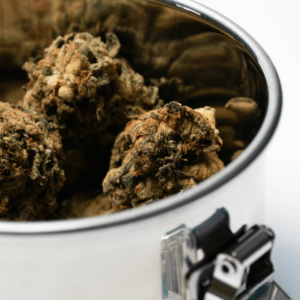
Therapeutic Potential of CBDa
Although research on CBDa is still in its early stages, its therapeutic potential is becoming more apparent. One of CBDa’s most significant effects is its ability to act as a COX-2 inhibitor. COX-2 enzymes play a key role in inflammation and pain, so by inhibiting these enzymes, CBDa may help reduce symptoms of chronic pain and inflammation, offering a natural alternative to traditional pain medications.
Additionally, CBDa’s interaction with serotonin receptors is an area of increasing interest. It appears that CBDa may help regulate serotonin levels, which could provide relief from mood disorders like anxiety and depression. By targeting serotonin receptors, CBDa may have a calming effect on the nervous system, promoting emotional well-being and helping individuals manage stress.
Furthermore, CBDa has shown potential as an antiemetic, meaning it could be effective in reducing nausea and vomiting. This makes it particularly valuable for people undergoing chemotherapy or dealing with chronic digestive issues. Although much more research is needed, early findings suggest that CBDa could be a powerful tool in the fight against inflammation, nausea, and mood disorders.
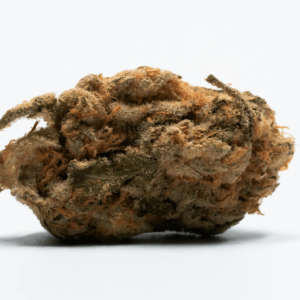
Therapeutic Potential of CBD
CBD is one of the most widely studied cannabinoids, with a wealth of research backing its health benefits. It has been shown to be effective in managing a wide range of health conditions, including anxiety, chronic pain, sleep disturbances, and inflammation. Unlike other medications, CBD doesn’t cause sedation or impair cognitive function, making it a popular choice for those who need relief without the risk of addiction or side effects.
CBD works primarily by interacting with the endocannabinoid system, which helps regulate many functions in the body, including pain, mood, sleep, and appetite. By binding to CB1 and CB2 receptors, CBD promotes balance and harmony within the body, supporting overall health and wellness.
In addition to its anxiety and pain-relieving properties, CBD is also gaining attention for its neuroprotective effects. Studies have shown that CBD can help protect brain cells from damage, making it a promising treatment for neurological conditions such as epilepsy, Alzheimer’s disease, and Parkinson’s disease.
One of the most well-known applications of CBD is its use in treating epilepsy. The FDA-approved medication Epidiolex, which contains CBD, has been shown to significantly reduce the frequency of seizures in patients with certain types of epilepsy. This breakthrough has further solidified CBD’s place in modern medicine.
How CBDa and CBD Interact with the Body
CBDa and CBD interact with the body in distinct ways, each offering unique benefits. CBDa primarily interacts with serotonin receptors, which play a key role in regulating mood, appetite, and nausea. By modulating serotonin levels, CBDa may help reduce anxiety, alleviate nausea, and promote a sense of well-being. This makes CBDa particularly useful for individuals struggling with stress, digestive issues, or mood disorders.
CBD, on the other hand, primarily interacts with the endocannabinoid system, influencing CB1 and CB2 receptors. These receptors are involved in regulating various physiological functions, including pain sensation, inflammation, immune response, and sleep cycles. CBD’s ability to modulate the ECS helps restore balance in the body, supporting overall health and wellness.
While both CBDa and CBD provide therapeutic benefits, they act through different pathways. CBDa is ideal for those seeking relief from nausea, mood issues, or inflammation, while CBD is better suited for addressing pain, anxiety, and sleep disturbances. Both cannabinoids complement each other, and understanding their individual properties can help users choose the right product for their specific health needs.
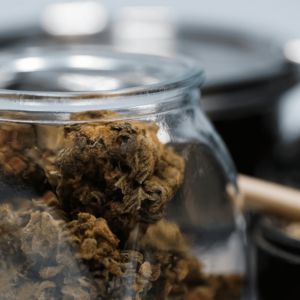
Raw vs. Processed Hemp: Retaining CBDa
When it comes to accessing CBDa, raw hemp products are the best option. Fresh hemp plants and minimally processed hemp products, such as cold-pressed oils, hemp juice, and raw tinctures, retain a high concentration of CBDa. These products preserve the natural, unaltered state of the plant, allowing users to benefit from the full spectrum of cannabinoids, including CBDa.
Processed hemp products, such as CBD oils, edibles, and capsules, undergo decarboxylation, which converts CBDa into CBD. While this process enhances the potency and stability of CBD, it eliminates the acidic form of CBDa. As a result, those seeking the benefits of CBDa specifically should opt for raw or minimally processed hemp products.
Key Differences Between CBDa and CBD
While CBDa and CBD share a similar chemical foundation, they have distinct differences that make each of them suitable for different therapeutic applications. Here are some key distinctions:
- Chemical Composition: CBDa retains its acidic group (COOH), while CBD has undergone decarboxylation, removing this group.
- Mechanism of Action: CBDa interacts primarily with serotonin receptors, while CBD works primarily with the endocannabinoid system (ECS).
- Therapeutic Benefits: CBDa is particularly effective for inflammation, nausea, and mood regulation, whereas CBD is better known for anxiety relief, pain management, and neuroprotection.
These differences mean that the best cannabinoid for you depends on your specific health concerns and goals.
Choosing the Right Product: CBDa or CBD?
When deciding between CBDa and CBD, it’s important to consider your wellness goals. If you’re dealing with nausea, digestive issues, or mood regulation, CBDa may be a better fit. Raw hemp products, such as tinctures and hemp juice, are the best way to access CBDa in its natural form.
If you’re looking for broader benefits such as pain relief, anxiety management, or improved sleep, CBD is the go-to cannabinoid. CBD is widely available in a variety of formats, including oils, capsules, and edibles, making it easy to incorporate into your daily routine.
Ultimately, your choice should depend on your specific health needs and preferences. Many users find that a combination of both CBD and CBDa works best for them.
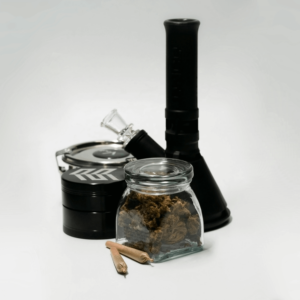
Potential Side Effects of CBDa and CBD
Both CBDa and CBD are generally considered safe, with few reported side effects. However, like any supplement, they can cause mild reactions in some individuals.
- CBD Side Effects: These may include drowsiness, dry mouth, dizziness, and lightheadedness. CBD may also interact with certain medications, so it’s important to consult with a healthcare provider before starting a CBD regimen.
- CBDa Side Effects: CBDa is still being researched, but reported side effects are rare. Some individuals may experience mild digestive discomfort, especially if consuming large amounts of raw hemp products.
Conclusion: Which Is Right for You?
Both CBDa and CBD offer distinct benefits and can be used to support different aspects of health and wellness. While CBD is widely recognized for its ability to relieve anxiety, chronic pain, and inflammation, CBDa shows promise in addressing issues related to mood, nausea, and inflammation. Depending on your health goals, you can choose to consume CBDa raw products or processed full-spectrum CBD products—or even use both in combination to maximize the therapeutic effects.
As research continues to evolve, it’s clear that both cannabinoids have valuable roles to play in natural wellness. The key is understanding how each interacts with your body and selecting the right products that align with your individual needs.
Frequently Asked Questions
1. Is CBDA more effective than CBD?
Whether CBDA (Cannabidiolic Acid) is more effective than CBD depends largely on the individual’s needs and the specific condition being addressed. Both cannabinoids offer unique benefits, but they work in different ways within the body, and their effectiveness may vary accordingly.
CBDA is the acidic precursor to CBD, found in the raw cannabis plant before it undergoes decarboxylation (the process of converting CBDA into CBD through heat). Because CBDA has a different chemical structure, it interacts with the body’s systems differently than CBD does. CBDA primarily affects the serotonin receptors in the body, which can potentially help regulate mood, alleviate nausea, and reduce inflammation.
CBD, on the other hand, is known for its broader therapeutic benefits, particularly in the management of chronic pain, anxiety, and sleep disorders. It interacts mainly with the endocannabinoid system, which helps regulate pain, mood, immune response, and other functions. CBD is more widely studied and has established itself as effective for a range of conditions, including reducing anxiety, managing chronic pain, and improving sleep quality.
In terms of raw effectiveness, CBD has been more extensively researched and is used for a broader range of issues. However, CBDA’s unique ability to interact with serotonin receptors makes it a promising option for those dealing with mood regulation, nausea, and digestive problems.
Therefore, CBDA might be more effective for specific conditions, particularly those related to serotonin regulation, but for broader therapeutic applications, CBD may be a better choice. It’s also worth noting that some users may find that a combination of both cannabinoids is most effective.
2. What does CBDA do to the body?
CBDA interacts with the body in a way that is somewhat different from CBD, mainly because of its unprocessed acidic form. Here are some of the key actions that CBDA has in the body:
- Serotonin Receptor Modulation: One of CBDA’s primary functions is its ability to interact with the serotonin system. It binds to the 5-HT1A receptor, a serotonin receptor that regulates mood, anxiety, and stress. By modulating these receptors, CBDA can potentially offer relief for individuals dealing with anxiety, depression, and mood swings. It may also help improve general emotional well-being.
- Anti-Inflammatory Properties: CBDA has been found to have anti-inflammatory effects, much like CBD, though it works through different mechanisms. CBDA inhibits COX-2 enzymes, which are involved in the body’s inflammatory response. This makes CBDA useful for reducing inflammation in the body, potentially offering relief from conditions such as arthritis, muscle soreness, and other inflammatory-related issues.
- Antiemetic Effects: CBDA has also shown potential as an antiemetic, meaning it may help reduce nausea and vomiting. This effect is especially valuable for individuals undergoing chemotherapy or those dealing with gastrointestinal issues. By modulating serotonin receptors, CBDA can help regulate the body’s response to nausea.
- Potential Neuroprotective Effects: Some early research suggests that CBDA may have neuroprotective properties, offering benefits for brain health and protection against neurodegenerative diseases. While this area of research is still in its infancy, it holds promise for conditions such as Alzheimer’s and Parkinson’s disease.
In summary, CBDA primarily helps with mood regulation, inflammation, nausea, and potentially offers neuroprotective benefits. While its effects are still being studied, it’s clear that CBDA has a unique set of benefits that complement the effects of CBD.
3. Does CBDA make you sleepy?
CBDA itself is not typically associated with causing drowsiness or sleepiness, unlike some other cannabinoids like THC, which are known to have sedative effects. However, because CBDA has a calming effect on the nervous system, especially in relation to serotonin modulation, it may help alleviate anxiety and stress, which can, in turn, lead to improved sleep for some people.
The relaxing effect that CBDA has on the body can help individuals feel more at ease, potentially reducing stress or racing thoughts that could otherwise interfere with sleep. This is especially true for people who experience anxiety-induced insomnia. By helping regulate serotonin, CBDA might promote a sense of calmness, making it easier to fall asleep, though it is not typically classified as a sleep aid in the same way that other sedatives are.
If you’re looking for a cannabinoid specifically to help with sleep, CBD might be a better choice, as it is more widely recognized for its ability to support restful sleep. However, some individuals may find that a combination of CBDA and CBD, with their respective calming effects, may help promote better sleep.
4. What is CBDA effects?
CBDA offers a range of effects that make it unique compared to CBD. While research is still ongoing, here are some of the most notable effects of CBDA:
- Mood Regulation: CBDA interacts with serotonin receptors, specifically the 5-HT1A receptor, which plays a crucial role in regulating mood and emotional well-being. By modulating serotonin levels, CBDA can help reduce symptoms of anxiety, depression, and stress, making it a useful tool for individuals seeking a natural way to balance their mood.
- Anti-Inflammatory: CBDA has been shown to inhibit COX-2 enzymes, which are involved in the inflammatory process. This makes CBDA effective for managing conditions that involve inflammation, such as arthritis, muscle pain, and other inflammatory disorders.
- Alleviating Nausea: CBDA’s ability to interact with serotonin receptors also makes it effective for reducing nausea and vomiting. This effect is particularly helpful for individuals undergoing chemotherapy or those with digestive issues. CBDA can help regulate the body’s response to nausea, making it a valuable addition to natural antiemetic treatments.
- Potential Anticancer Properties: Some early studies suggest that CBDA may have anticancer effects, although research in this area is still in the early stages. CBDA may help inhibit the spread of cancer cells by affecting the body’s cellular mechanisms. However, further studies are needed to confirm these findings and determine the full scope of CBDA’s potential in cancer treatment.
- Neuroprotective Effects: There is also emerging evidence that CBDA may have neuroprotective properties, which could be useful in the prevention and management of neurodegenerative diseases like Alzheimer’s and Parkinson’s disease. The ability of CBDA to protect brain cells from damage could pave the way for its use in brain health supplements.
In summary, CBDA offers a range of effects, from mood regulation and anti-inflammatory properties to potential antiemetic and neuroprotective effects. As research continues, CBDA’s full therapeutic potential will become clearer, but it’s already proving to be a promising cannabinoid in its raw form.




